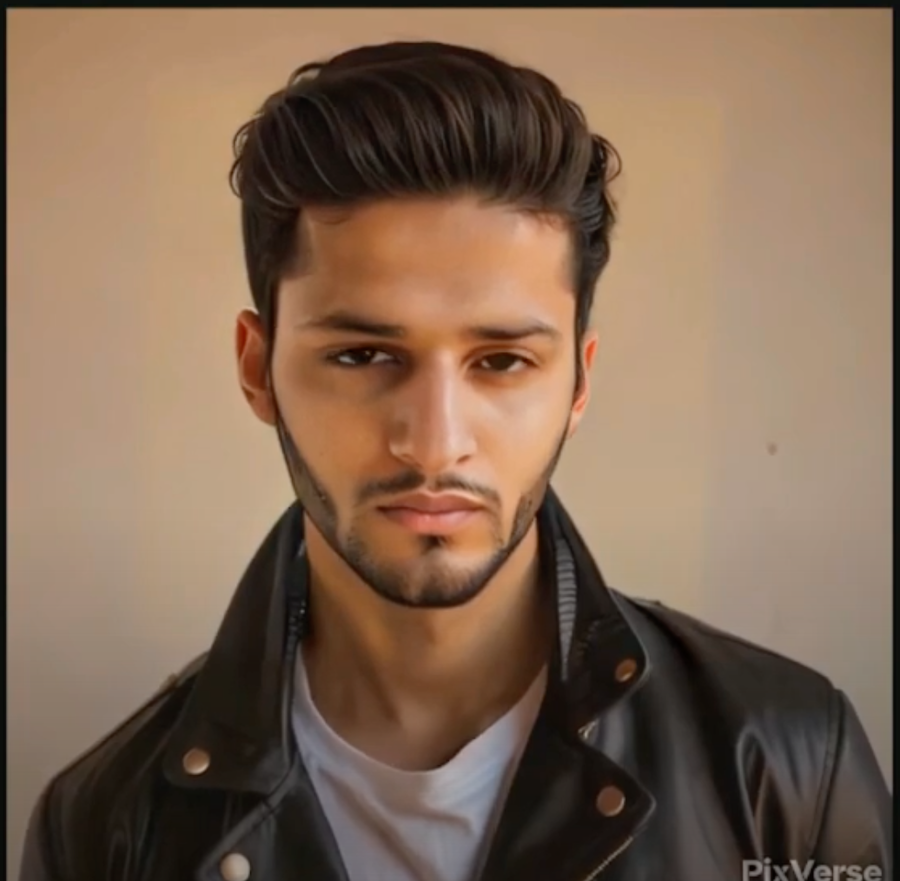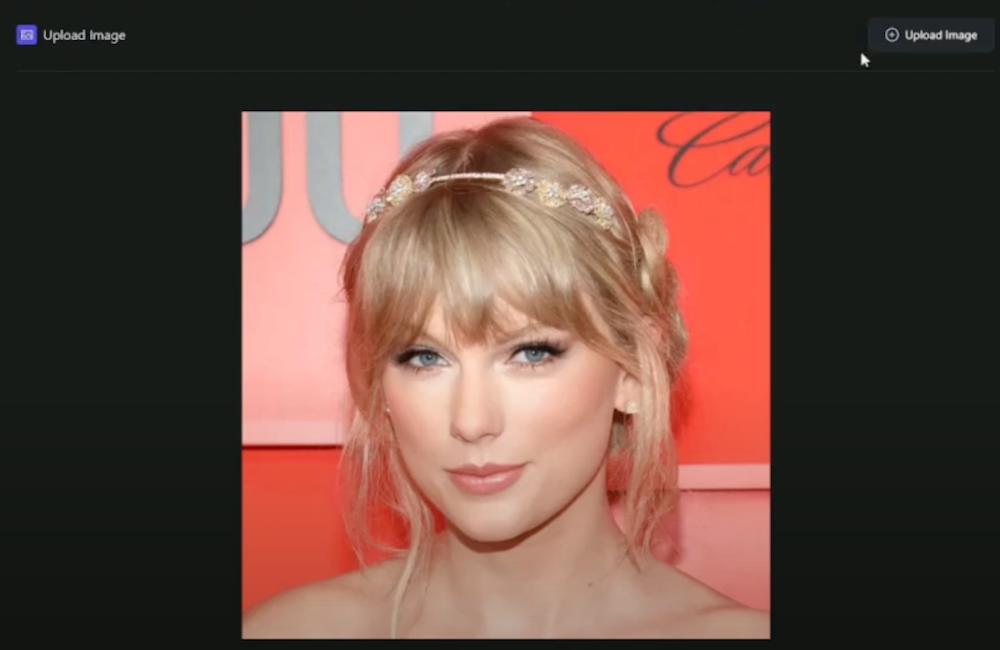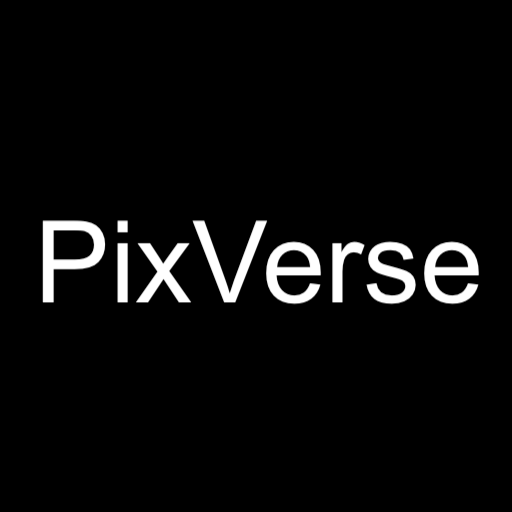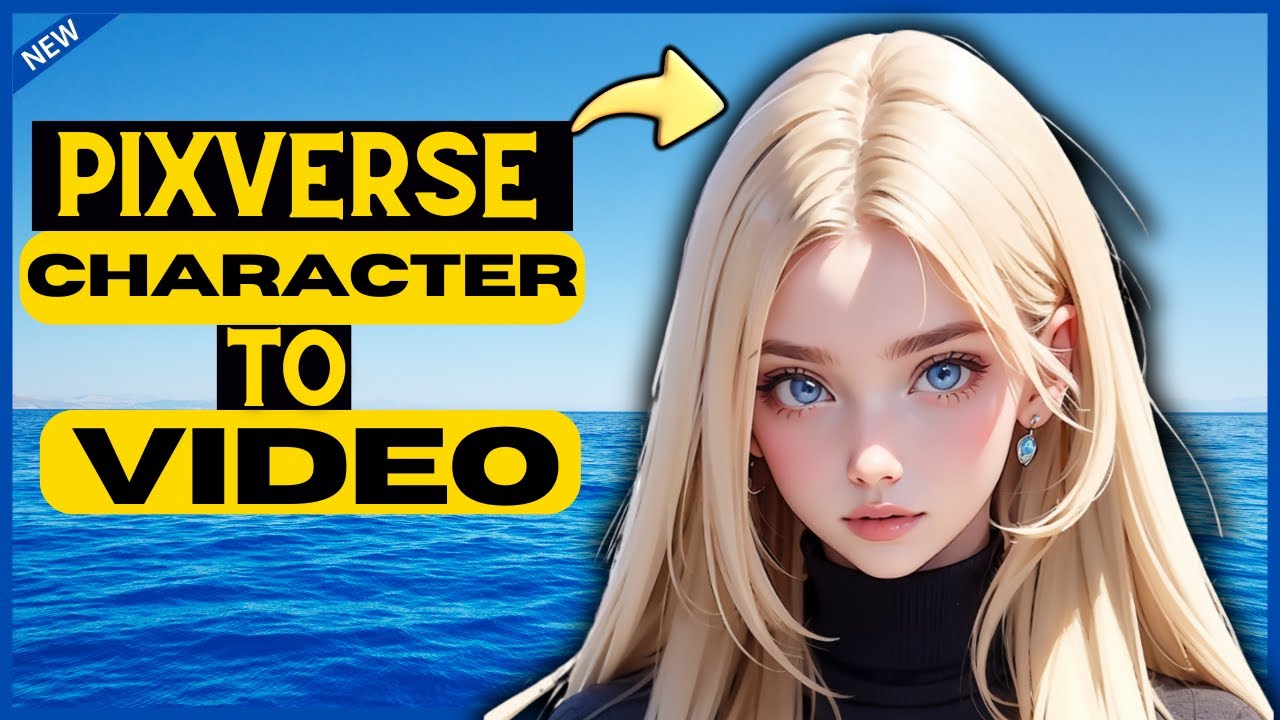PixVerse AI recently unveiled a new feature that significantly enhances the consistency of characters across their articles. With this innovative tool, users can select any image as a character and create varied scenarios within their content.
Exploring the Application
Upon accessing the PixVerse AI App homepage, one finds themselves on a platform dedicated to transforming text and images into dynamic articles. I’ve provided an in-depth tutorial on this tool on my channel for those interested. However, today, I want to focus on a newly released feature: character referencing in your articles.
Character Creation and Implementation
In the latest update, PixVerse introduced a new “Character” option. This allows users to create a character by uploading an image to serve as the reference. For instance, if I upload an image of myself or someone else, like Tom Holland, I can then use these characters to personalize my content.
Once the characters are set up, you can start the text-to-article generation process. PixVerse has now added a direct way to integrate your character into the content creation. You simply type in your prompt, apply any necessary corrections with the “auto-correct prompt” feature, and exclude undesired elements through the “negative prompt” option.
Creating Customized Content
For example, if I choose to represent myself in the article as an “Instagram model wearing a black jacket posing front-facing,” I can specify what I do not want to see, like “ugly face deformation or blur.” The system then generates the video, which typically takes about a minute.

The result is a tailored piece of content that not only features the character in specified scenarios but also maintains high quality and attention to detail.
Following the setup, I experimented with different prompts. One scenario portrayed me as a young male model at a red carpet event, while another had me in a snowy landscape. Each generated content displayed unique settings and styles, showcasing the flexibility and creativity of PixVerse AI.
Expanding Character Options
Not stopping at individual character scenarios, I also created content using Tom Holland as a reference. From a fitness model in an athletic setting to a trendy model exploring a forest, the character-based articles were impressive and maintained high fidelity to the initial images.
Introducing Female Characters
Additionally, I expanded the characters by creating a female model, using an image of Taylor Swift.

The prompts varied from a dramatic pose in an evening gown to a casual setting against a brick wall. Each piece of content reflected the intended scenario with high accuracy, although some faced minor issues with image alignment.

Conclusion
PixVerse AI’s new character reference feature not only enhances the article creation process but also brings a personalized touch to digital content. It’s a fascinating development in AI-driven media production, promising more innovative features as the tool evolves.
Read related articles:

